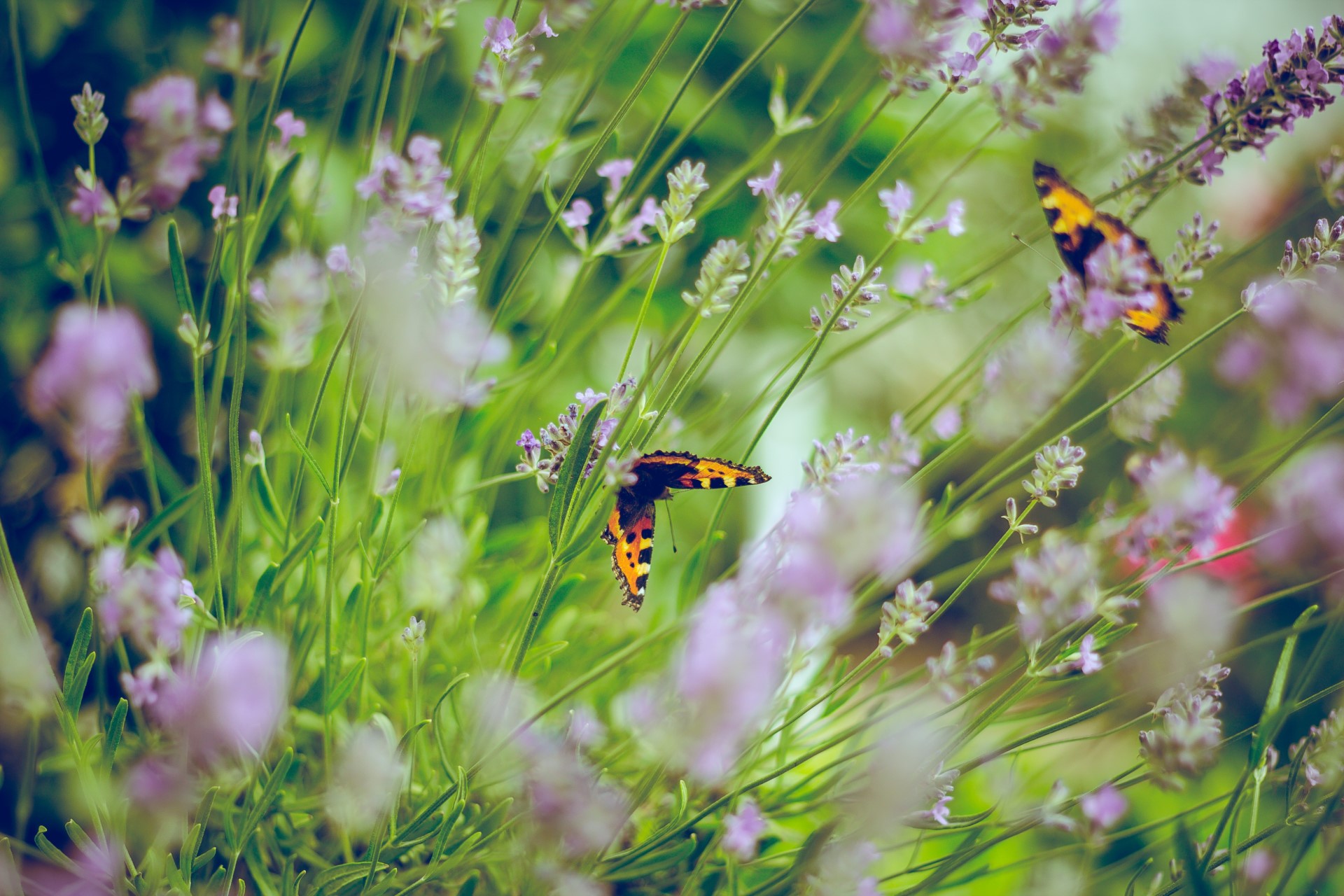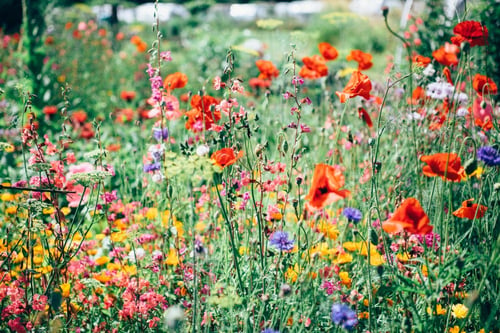
We rely on pollinators for our food supply and other important plant crops, so it’s time we turn our gardens to their benefit.
Hanging hummingbird feeders are a lovely addition to the landscape, and no doubt your teeny feathered friends appreciate them.
No really, they do. We asked them.
But that’s not enough. With our ongoing destruction of natural landscapes in the building of urban and rural human structures, pollinators have faced steady habitat depletion. Many of them no longer have resting places or food, and so are declining alarmingly.
“Worldwide there is disturbing evidence that pollinating animals have suffered from loss of habitat, chemical misuse, introduced and invasive plant and animal species, and diseases and parasites,” explains Pollinator Partnership, adding that many are federally “listed species,” animals for whom there is empirical evidence of destruction and decline.
It’s time we start gardening for pollinators.
What Are We Doing Wrong with Today’s Gardening Techniques?

It’s safe to say that most people, when they make their annual trip to the nursery, don’t have gardening for pollinators on their minds. In fact, they’re not thinking about urban ecology at all.
That means making our cities friendly to pollinators and other plants and animals that used to live here freely.
One of the biggest problems is our obsessions with lawns. Without flowers of any kind, these homogenous species are useless to pollinators in terms of nutrition. Cropped so short, they don’t provide cover or nesting habitat either (important for many species of native bee, which build solitary homes on the ground).
Essentially, lawns are deserts.
Then, of course, we use tons of chemicals and other inputs that destroy insect communities. They also wash into waterways, causing environmental destruction as they go.
Also, our obsession with beautiful exotics means we crowd out native plants. That’s okay; many exotics help pollinators (think Mediterranean herbs). But if we plant no natives, we’re leaving many of our local pollinators, which sometimes depend on a single species, out of luck.
We need a better approach.
What Do Pollinators Need from Us?

In a nutshell, gardening for pollinators means doing away with those vast swaths of plant desert.
Lawns are useless unless we allow them to grow to the point that they flower, which is at least a foot tall. Most people aren’t willing to do that.
That means we need to find another way to provide those feeding and resting places. Many pollinators travel long distances. Migratory birds may stop in your yard only for short times, but need shelter when they do. Many species of foraging bees travel long distances, and need to rest between legs.
Let’s take a look at what you can do today.
How Can You Start Gardening for Pollinators?
The best place to start gardening for pollinators is by making simple change. Although you can rip up your entire yard if so motivated (and we would be delighted to help), small steps can go a long way toward improving habitat for our pollen-loving friends.
For instance, you can plant wildflowers in one corner of your yard or devote your front bed to flowering herbs, beloved by bees and butterflies.
You could turn a bare roof into a rooftop oasis, rich with native flowering plants such as Black Eyed Susan or coneflower.
If you want a low-growing, stepable surface, trying clover or wild thyme, which can take a good trampling and still flower. It’s an awesome replacement for a lawn. You can also transform bare patches of your yard in this way, offering rest and nutrition for pollinators.
Or you can call in a company such as Ecogardens to help you cultivate a seasonal pollinator oasis, rich with the right kinds of species to help not only honeybees, but native beetles, birds and more. In fact, that’s definitely the best bet. (Winky face.)
Want to learn more about gardening for pollinators? Just get in touch today.

